Cañadón Leona, encounter between archeology and geology in Patagonia

The Cañadón Leona, located on the eastern side of Laguna Blanca, 55 miles north from Punta Arenas, is a place that transports us to the past, where we can learn part of Patagonia’s geological and archeological history.
Last glacial period evidence
In Patagonia, it is possible to find evidence of the last glacial period throughout most of the landscape.
This low-lying field is in front of the Skyring sound, located westbound about 18 miles in a straight line. Following the last glacial period, the receding mass of ice that created the Skyring sound was the most important modifying factor in the area around Laguna Blanca.
Specifically, this low-lying field was form due to geological and natural processes, such as subglacial water flows —produced by the recession of the ice—, that finally eroded and shaped its walls and rock shelters, together with the subsequent natural erosion of wind and rain.
At present, in this area, it is possible to observe distinctive features of a post-glacial landscape, where drumlins and erratic rocks are the most notorious.
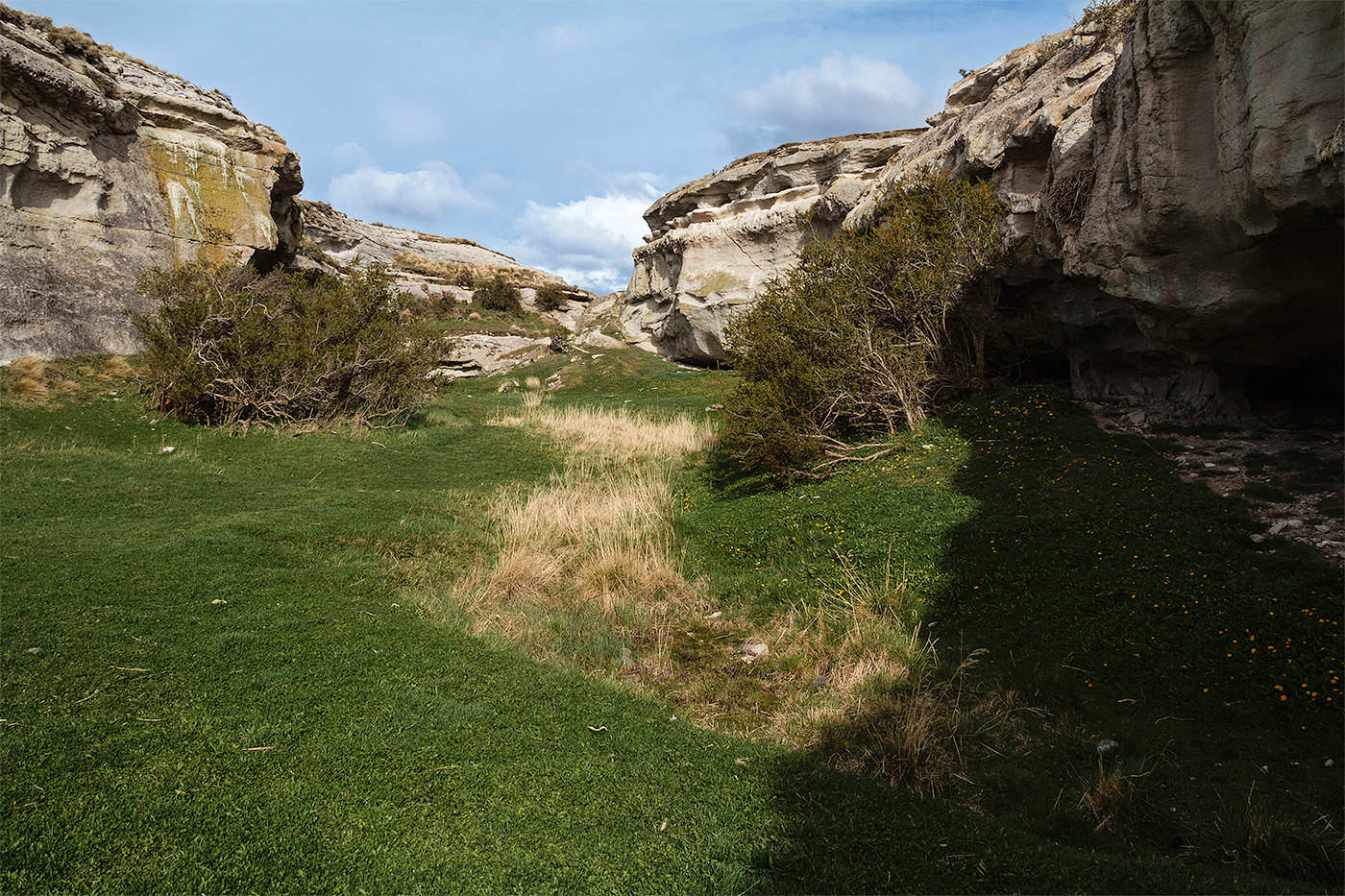
© Eduardo Paredes Morales
Interior view of Cañadón Leona.
Canon 7D @ 18 mm – f / 8 – 1/800 seg. – ISO 250
Patagonia’s first human settlement
The end of the last glacial period —approximately 12.000 years ago— allowed the Aonikenk or Tehuelches to be the first inhabitants. They were able —with a nomadic hunter-gatherer lifestyle— to dominate this wild territory.
In respect to Cañadón Leona, it became a natural shelter, in the middle of a vast and empty landscape dominated by strong winds. Finally, this place was used by the first inhabitant as a resting area and for protection.
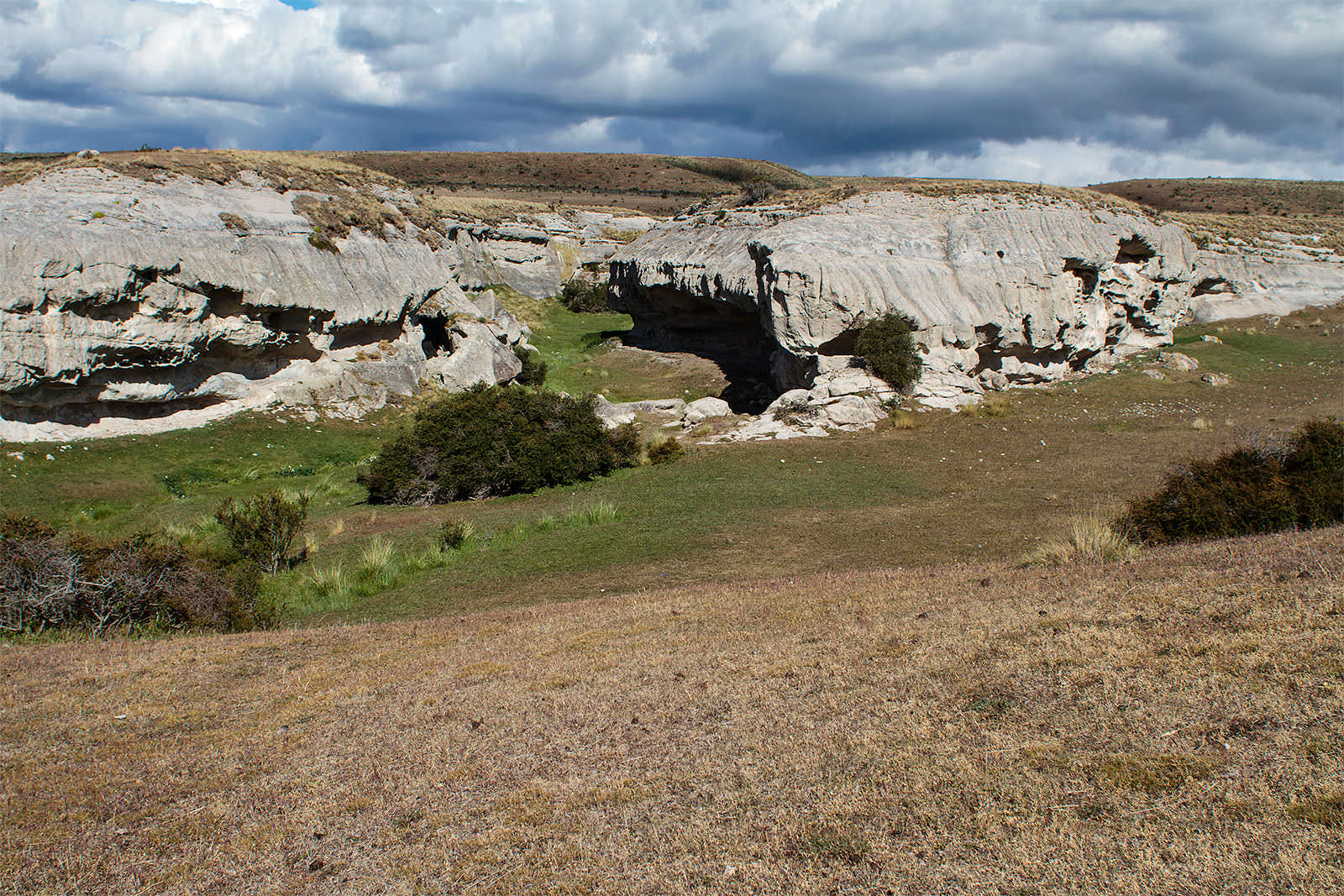
© Eduardo Paredes Morales
Cañadón Leona, panoramic view.
Canon 7D @ 18 mm – f / 8 – 1/650 seg. – ISO 250
Archeological findings at Cañadón Leona
Junius Bird —a North American archeologist— made the first archeological works at Cañadón Leona, between the summers of 1935 and 1936.
At present, this low-lying field is a Natural and Historical Monument, where rock art is what stands out the most. However, the finding of human remains belonging to the first inhabitants of the area is what turns this place into one of the most important archeological sites of the region.
At this low-lying field, there are five rock shelters, one with rock art and the other one with materials in several strata. In this last shelter, Junius Bird found two multiple human burials, 4914 lithic toolkits, more than 200 bone instruments, and countless fragmented bones, with evidence of human intervention..
Further absolute dating analysis allowed estimating the burials belonging to the late Holocene, approximately between 2.300 and 2.500 BP.
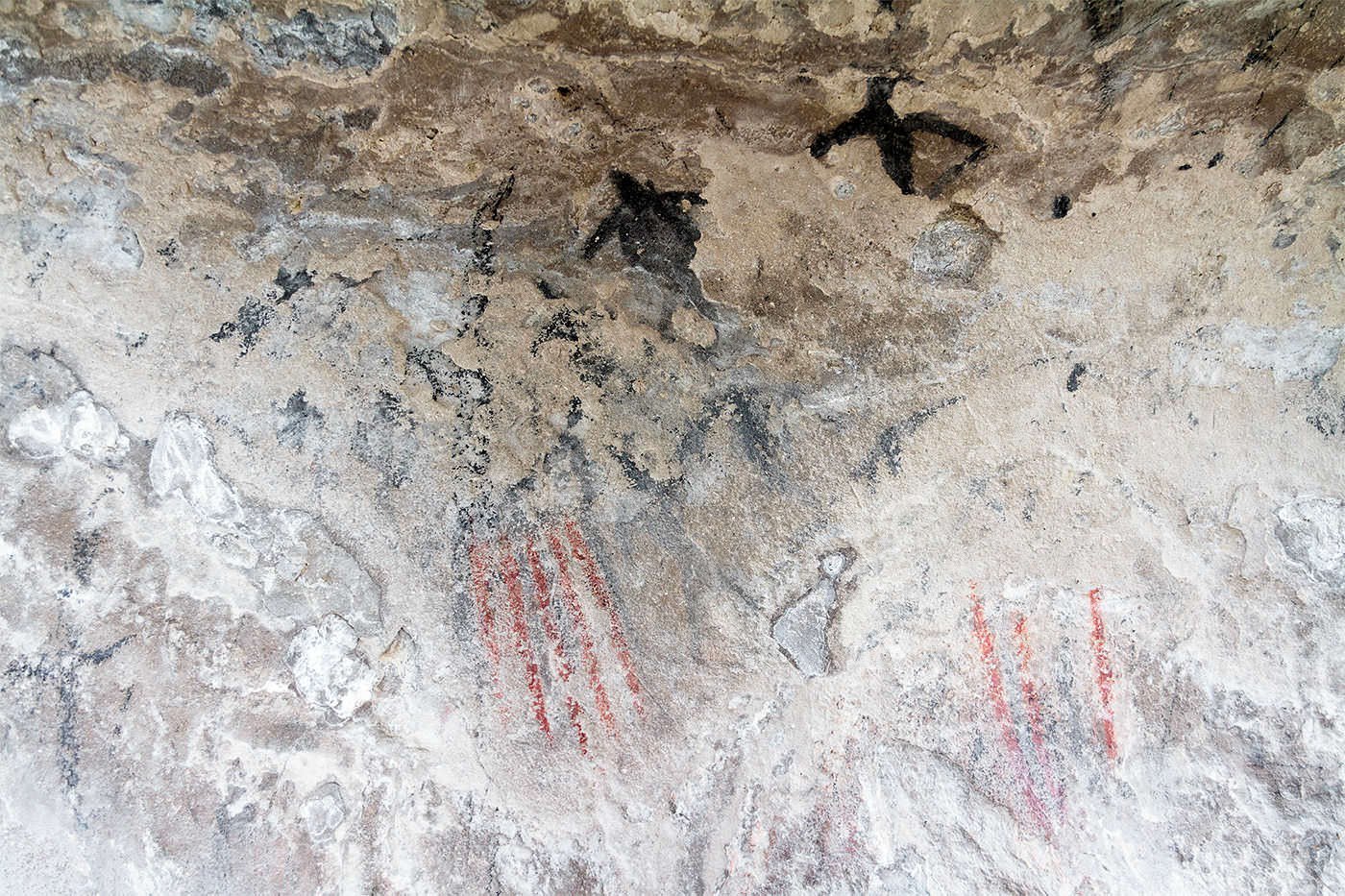
© Eduardo Paredes Morales
Cultural evidence at Cañadón Leona.
Canon 7D @ 24 mm – f / 5.6 – 1/200 seg. – ISO 640
Rock art
At Cañadón Leona, the rock art consists of human and animal figures, and simple geometric elements (lines and circles).
Generally, in the Magellan region, the color used in rock art is red. However, at this place, there is a presence of white and black paint.
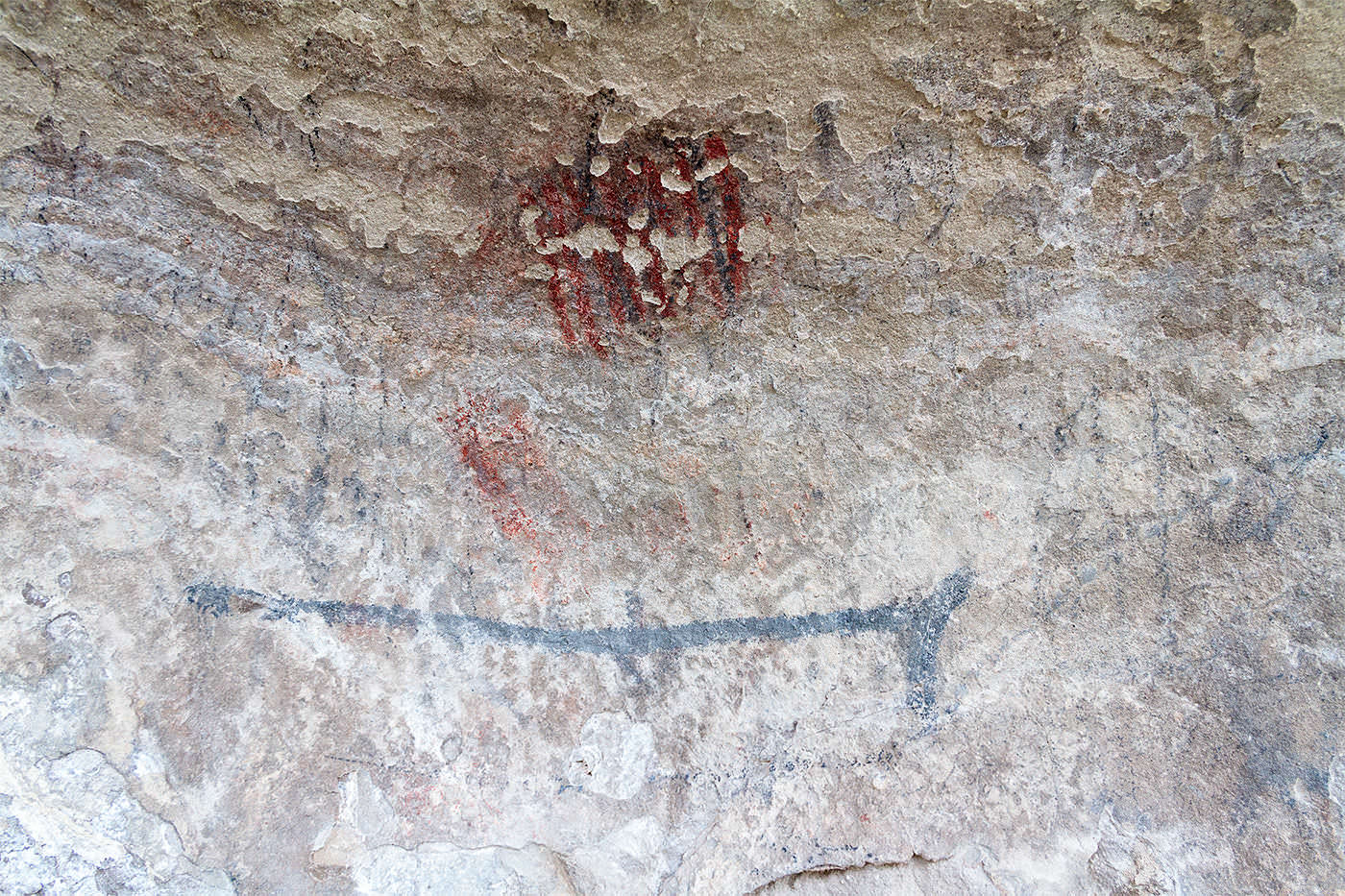
© Eduardo Paredes Morales
Rock art at Cañadón Leona.
Canon 7D @ 18 mm – f / 5.6 – 1/250 seg. – ISO 640
Cañadón Leona, a shelter for the natural and cultural past of Patagonia
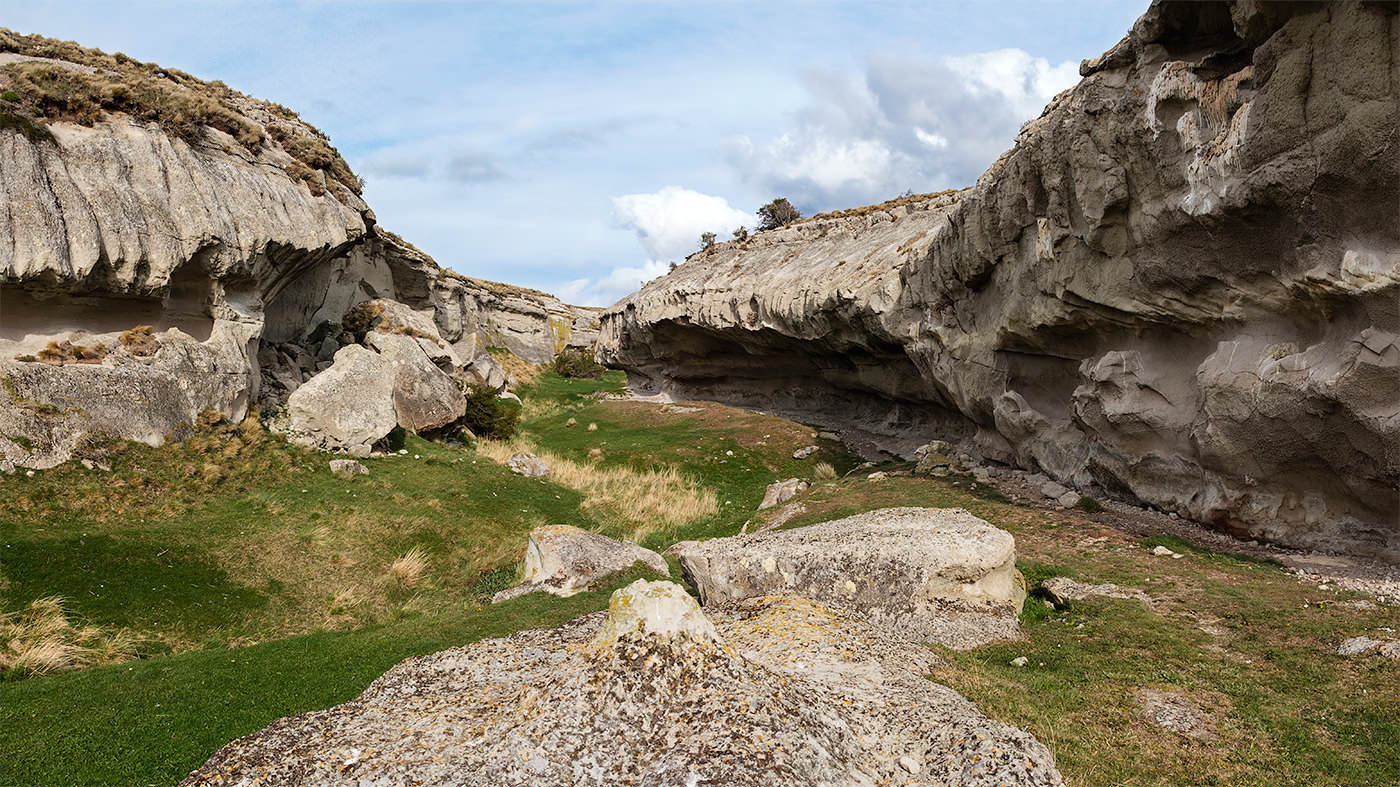
© Eduardo Paredes Morales
Panoramic view showing the morphology of this low-lying field.
Canon 7D @ 18 mm – f / 11 – 1/500 seg. – ISO 400
The area around Cañadón Leona invites us to be permanently interpreting the landscape.
Although being surrounded by a steppe landscape, with the proper information, we will be able to imagine how the landscape evolved during the last 12.000 years.
Also, it is a place of great value for understanding how the first inhabitants were able to create a nomadic lifestyle, considering the adverse natural conditions of Patagonia.
References:
- Cueva de la Leona. Consejo de Monumentos Nacionales de Chile, Santiago [URL: https://www.monumentos.gob.cl/monumentos/monumentos-arqueologicos/cueva-leona]
- L`HEUREUX, LORENA, & AMOROSI, TOMAS. (2009). EL ENTIERRO 2 DEL SITIO CAÑADÓN LEONA 5 (REGIÓN DE MAGALLANES, CHILE).: VIEJOS HUESOS, NUEVOS DATOS. Magallania (Punta Arenas), 37(2), 41-55. [URL: https://dx.doi.org/10.4067/S0718-22442009000200003]
Recent Posts
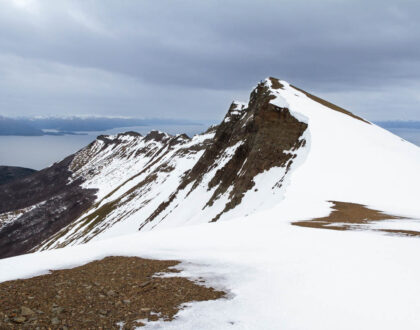
Mount Tarn, Chile | Photo Hike Location Guide
30 October, 2019
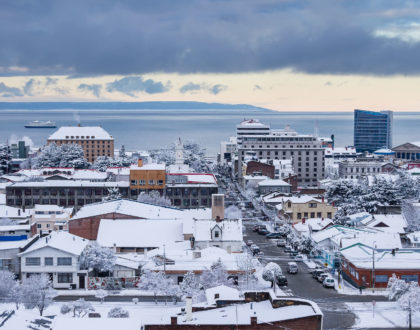
Punta Arenas, Chile | Photo Walk Location Guide
30 October, 2019

